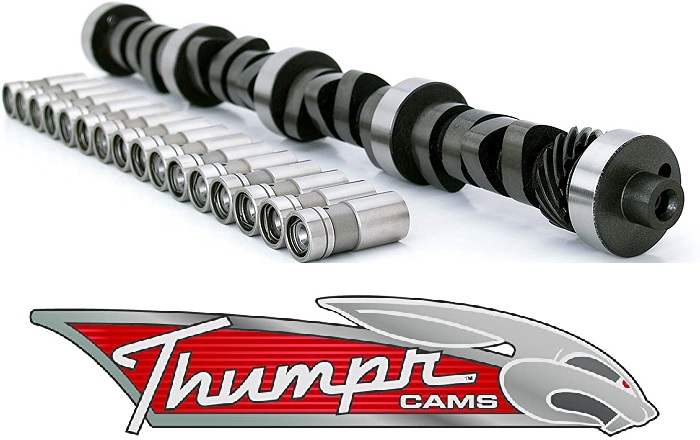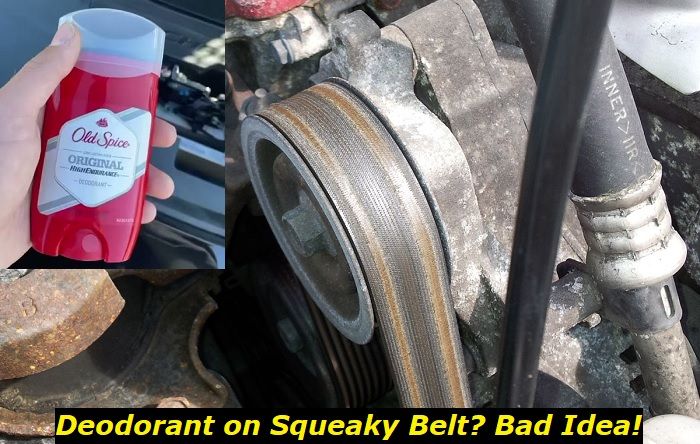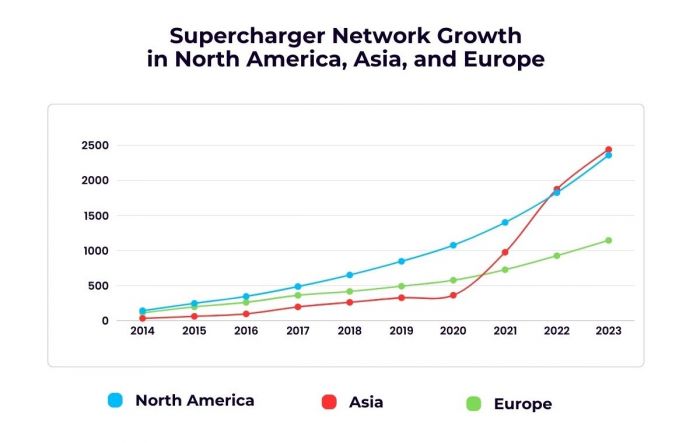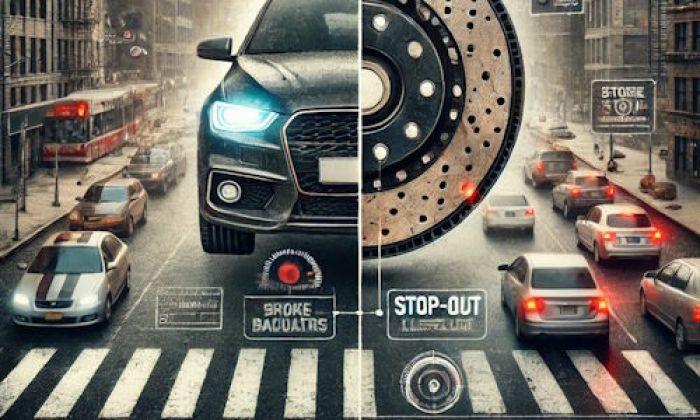Are you a gearhead? Do you like to tinker with your vehicles? Then you'll know that the camshaft is one of the most important engine components. Without it, your car simply won't work. Thus, you must be careful when buying a new one.
Engine upgrades highlights
- Commonsystems:fuel supply, air supply, exhaust, software
- Average prices:$500 - $6,500
- Average waiting time:1 - 21 days
- Commonreasons:higher power and torque
- DIY mods:just minor things, usually plug & play
- Level of satisfaction:medium

What makes Thumpr Cams so popular?
The main appeal of these cams is quite straightforward - it's the powerful rumbling sound they produce. Normally, achieving this would require you to own a very high-end performance engine. Even then, you'd have to fiddle with some of its parts to get the desired sound. For the longest time, you couldn't find a way around this issue. That's when COMP Cams made use of this rising demand.
Their solution came in the form of the Thumpr series. These camshafts provide a cheap and easy way to achieve the desired sound. They do so by having a smaller lobe separation angle than most other cams. Because of this, the intake and exhaust durations overlap. It's this overlap that produces the desired effect.
It almost sounds too good to be true, doesn't it? Suddenly, you get to have a cool-sounding engine that also happens to pack quite the punch. On paper, it sounds like you're getting the best of both worlds. But is this truly so? Many owners have complained about purchasing these cams, some even stating they were their greatest mistake. To answer the question once and for all, we've tried them on for size ourselves.
Unfortunately, our suspicions were confirmed. From the loss of performance to smelly exhaust pipes, these cams certainly leave things to be desired. In the next section, we're going to go through all their known issues.
Thumpr Cam Common Problems
- All Bark No Bite
Although Thumpr cams may roar like a tiger, they pounce like a kitten. Most people covet these cams because of the iconic sound they produce. However, it seems that COMP engineered Thumpr cams with only the noise quality in mind. This single-minded focus made them ignore everything else. Don't expect this cam to complement your engine well. Quite the contrary, it will negatively affect its performance. From smelly exhaust pipes to poor idle, many gearheads regret wasting their money on these worthless baubles.
- Poor Braking
Since most of us drive our cars in heavy traffic, we seldom get to reach high RPM. Most cams are designed with this in mind. Thus, their intake and exhaust duration tend to be short. The valve overlap is also minimal. As a result, the intake manifold generates a lot of vacuum. This ultimately aids your brake booster.
However, COMP seems to have completely disregarded this when they designed Thumpr cams. Their exhaust duration tends to be inordinately long - so much that the intake lags behind. And as the valve overlap increases, the vacuum pressure drastically decreases. As you might have guessed, this leads weakens your ability to brake.
It's no secret that good braking is a vital aspect of every car. No one wants to drive an unsafe vehicle. Therefore, many of us spend hours every month bleeding our brakes to ensure they function properly. These cams will throw all your hard work into the wind.
You can circumvent this issue by installing an external vacuum pump. However, it will mean additional expenses.
- Stinky Smoke Coming from the Exhaust Pipe
As mentioned earlier, Thumpr cams have a much longer exhaust duration than intake. This leads to another problem - foul-smelling smoke. Since the engine doesn't draw enough air, it won't be able to burn all the fuel in the combustion chamber. The partially-burned fuel will then enter the exhaust pipe. There, it gives off an unpleasant odor. It can be surprisingly far-reaching - many Thumpr Cam owners state that their neighbors complained about the stench. Of course, the residual fuel will also lower the engine's overall performance.
Even if you don't mind the awful stench, the passers-by certainly will. Only get these cams if you want to keep people away from you. (Where were they back during the Covid19 lockdown?)
- Poor Idle
Since these cams have such a low lobe separation angle (107 degrees), the overlap can be quite intense. While this is great at high speeds, it will only cause you a lot of issues at lower RPM. For instance, your engine will vibrate furiously.
Sometimes it can cause the entire vehicle to shake. Unless you're into car racing, this will work against you. During your day-to-day commute, you have to stop about every 5 minutes. With Thumpr cams, you will be shaking like crazy. As if the traffic wasn't bad enough by itself.
- Tricky Installation
Because of all the aforementioned issues, installing these cams can be quite challenging. While it may be possible to install them properly, you will likely give up during the process. Even professional mechanics will have a hard time getting them to work smoothly, let alone casual tinkerers. When shopping for car parts, performance and simple installation should be your top priorities. Sadly, these camos offer neither - the great sound comes at the price of reliability.
- Transmission Problems
Some owners of Thumpr cams have complained and transmission issues after the installation. The upgrade made shifting gears very difficult for them. Even though this problem is one of the rarer ones, it can be a nightmare if it happens to you. Driving a car with unresponsive gears is not fun. It can even be dangerous. The sound's just not worth this risk.
- Comparable Price to Better Options
The price of Thumpr Cams ranges from $100 to $300, depending on the exact model. When compared to the competition, this falls more or else within the same range. However, that's not really a good thing. If you can get better-performing parts at a similar price, why would you opt for Thumpr Cams? With so many problems they cause, you might as well scatter your money into the wind.
When are Thumpr Cams an okay option?
In some scenarios, the aforementioned flaws won't come into play. Or rather, you won't notice them as much.
For instance, they may actually be good for racing cars. Since speed is what matters the most here, you're unlikely to ever hit those low RPM. Thus, you won't experience poor idle. At such high velocity, you'll bypass the smelly exhaust as well. As the cylinders work over time, they will push burn the residual fuel.
Thumpr cams are also decent enough when driving off-road.
However, these are all very niche situations. If you own a regular car that you use for daily commuting, then you should stay away from these cams. And even if you do have a racing car, the low performance and poor braking will still affect you. Buy them only at your own risk.
Final Thoughts
To sum up, Thumpr cams have too many flaws for us to consider them a viable option. While they do indeed produce the sound they're famous for, they fall behind in every other department. Compared to other options on the market, they can't keep up in terms of performance.
Additionally, they were created specifically for racing cars. Installing them on your regular car will lead to even more problems. Because of the small lobe separation angle, your engine won't ever idle well at low RPM. Worse still, it won't even burn your fuel properly. You can expect a lot of foul smoke to come out of your exhaust pipes with these cams installed.
To complicate matters even further, the overlap between the intake and exhaust durations will lead to vacuum loss. This weakens your braking system and makes your car dangerous to drive. While you can offset this by buying an external vacuum pump, it will mean spending extra money.
Some users even claim that these cams busted their transmission. Although this isn't that common, you should still keep it in mind when considering the Thumpr cam.
And finally, you can get better camshafts for the same price. With all these issues combined, it's clear that they aren't worth your money. And if you do decide to go for them, you'll tough time installing them properly. You might spend several hours trying to tune them properly, but without results. Eventually, you'll likely give up. The time and effort required to install them are just the final straw that adds to their unreliability.
About the authors
The CarAraC research team is composed of seasoned auto mechanics and automotive industry professionals, including individuals with advanced degrees and certifications in their field. Our team members boast prestigious credentials, reflecting their extensive knowledge and skills. These qualifications include: IMI: Institute of the Motor Industry, ASE-Certified Master Automobile Technicians; Coventry University, Graduate of MA in Automotive Journalism; Politecnico di Torino, Italy, MS Automotive Engineering; Ss. Cyril and Methodius University in Skopje, Mechanical University in Skopje; TOC Automotive College; DHA Suffa University, Department of Mechanical Engineering






Add comment